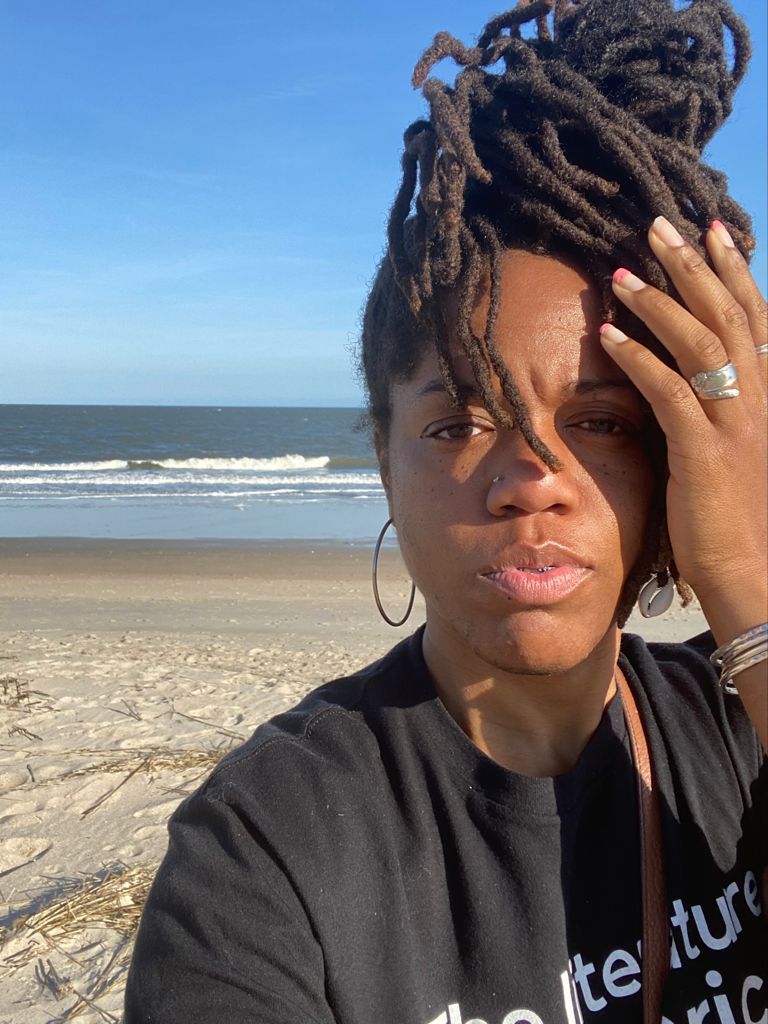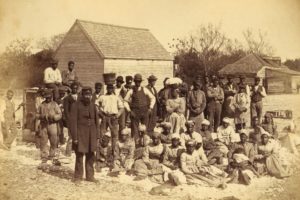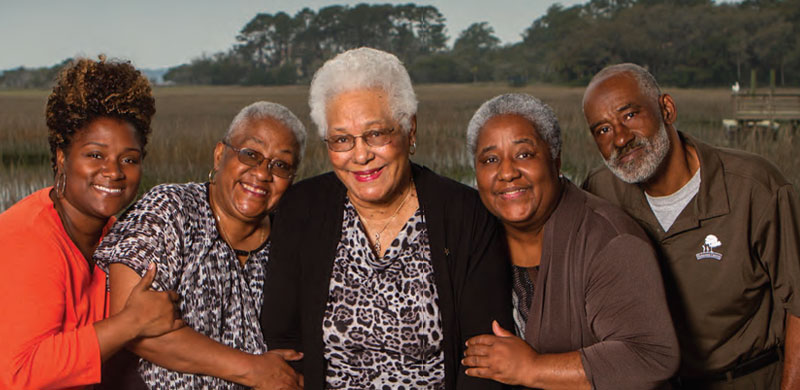When Black Folk Owned Prime Real Estate on Hilton Head Island’s Singleton Beach

Today, Hilton Head is fulla retired transplants, tourists, resorts, and golf courses. Back then it was fulla Gullah people who farmed, fished, and fended for each other.
In the decades following the American Revolution, cotton became a cash crop on Hilton Head Island. It was home to almost 30 plantations with over 1,000 enslaved black people. When the Civil War started in 1861, the Union Army used Hilton Head as its one of its headquarters.

During the war, the newly freed Gullah folk established their own town with help from Union General Ormsby Mitchel. The town was named after him, “Mitchelville.” (Whether they named it that or the troops did, I’m not sure.)
Mitchelville is the first self-governed town of freed black folk in America. Don’t confuse that with Eatonville, Florida though, which is the first incorporated all-black city in America.
After the Civil War ended, freed black folk was the majority on Hilton Head Island. Due to the island’s remote location and needing to take a boat to enter or exit the island, the Gullah culture flourished there. In 1940, for instance, Hilton Head was home to 1,100 people, most of whom were Gullah. When the James F. Byrnes Bridge was constructed in 1956, the island lost its “insulation” from the rest of the mainland. So more people started visiting and moving onto the island.
The Singletons were one of the original Gullah families on Hilton Head Island. Namen Singleton was only 12 years when he bought his first piece of land after slavery ended. He grew and sold cotton, pecans, and other crops. That got me wondering who taught Namen about the importance of owning land? How did he earn money? Who did he live with? How were laws set up back then, which allowed children to purchase real estate?
Namen and his son, Ezekiel, ended up buying and developing over 200 acres of land in Hilton Head, including Singleton Beach. Black folks drove from Atlanta, Charleston, and Savannah to kick back on Singleton Beach.
(All beaches weren’t safe for us, Tybee Island included—which was then called Savannah Beach.)
They had restaurants, diners, nightclubs, and everything out there. All black-owned. So you know family reunions and weekend getaways went DOWN.

(Not-So-Fun Fact: John Moore owned the Bombay Social Club on Singleton Beach. Developers wanted to buy his land for the longest, but he’d refuse. Then rich white folk who’d just moved into the area started complaining, which got the police involved. A shooting happened down the street, and they used that as reason to close the club. Killed his profit, forcing him to sell the land.
This happens A LOT! Like rich white folk moving to New Orleans and complaining about loud parades, moving to DC and complaining about go go music, etc.)
Inhale. Exhale. Now back to the story…
Black folk would buy/rent a lot from the Singletons, build a trailer on the lot, and use it as a vacation home. The amazing Savannah artist, Virginia Khia and her husband had a trailer, Dr. Henry Collier had one, and many more 🙏🏾
Shoutout to Ms. Tina for keeping this story alive through her quilt, to the Beach Institute for facilitating her quilting workshop, and for her teaching me and my daughter how to quilt 💛
P.S.: The Singletons sold Singleton Beach more than 10 years ago. It’s now private property.

